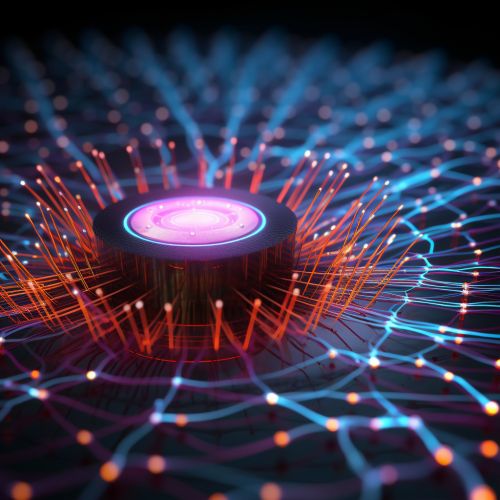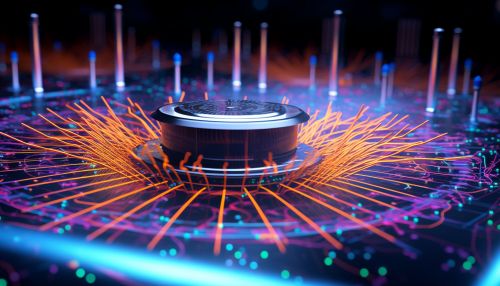Advances in Nanoscale Spintronics and Magnetic Storage
Introduction
Spintronics, or spin electronics, refers to the study and utilization of the intrinsic spin of the electron and its associated magnetic moment, in addition to its fundamental electronic charge, in solid-state devices. The field of spintronics has witnessed significant advances in recent years, particularly in the nanoscale domain. This article explores these advances, with a focus on their implications for magnetic storage technologies.


Theoretical Foundations
The theoretical foundations of spintronics are rooted in quantum mechanics and solid state physics. The spin of an electron, a quantum mechanical property, is central to the operation of spintronic devices. In contrast to traditional electronics, which rely on the charge of the electron, spintronics exploits the spin of the electron to store, process, and communicate information.
Spintronic Devices
Spintronic devices are typically composed of layers of magnetic and non-magnetic materials. The interaction between these layers, particularly at the interfaces, gives rise to a variety of spin-dependent phenomena that can be harnessed for practical applications.
Giant Magnetoresistance (GMR)
One of the earliest and most significant discoveries in spintronics was Giant Magnetoresistance (GMR). GMR is a quantum mechanical magnetoresistance effect observed in thin film structures composed of alternating ferromagnetic and non-magnetic layers. The discovery of GMR has had a profound impact on information technology, particularly in the area of data storage.
Tunnel Magnetoresistance (TMR)
Tunnel Magnetoresistance (TMR) is another key phenomenon in spintronics. TMR occurs when a current is made to tunnel through an insulating layer sandwiched between two ferromagnetic layers. The resistance of the device depends on the relative alignment of the spins in the two ferromagnetic layers.
Spin Transfer Torque (STT)
Spin Transfer Torque (STT) is a phenomenon that allows the manipulation of the magnetic state of a ferromagnetic layer using a spin-polarized current. This has significant implications for magnetic storage technologies, as it allows for the writing of data without the need for an external magnetic field.
Nanoscale Spintronics
The advent of nanotechnology has brought about a new era in spintronics. Nanoscale spintronic devices, with their small size and high density, offer the potential for higher storage capacities and faster data processing speeds.
Spintronic Memory
One of the most promising applications of nanoscale spintronics is in the area of Magnetic Random Access Memory (MRAM). MRAM devices, which utilize the spin of electrons to store data, offer several advantages over traditional memory technologies, including non-volatility, high speed, and high endurance.
Spintronic Logic
Spintronic logic devices, which use the spin of electrons to perform logic operations, are another area of active research. These devices have the potential to overcome the limitations of traditional CMOS technology, offering lower power consumption and higher integration densities.
Challenges and Future Directions
Despite the significant advances in nanoscale spintronics, several challenges remain. These include the need for materials with higher spin polarization, the development of efficient spin injection and detection techniques, and the need for a better understanding of spin dynamics at the nanoscale.
Looking ahead, the field of nanoscale spintronics holds great promise. With continued research and development, it is anticipated that spintronic devices will play an increasingly important role in information technology, particularly in the areas of data storage and processing.
